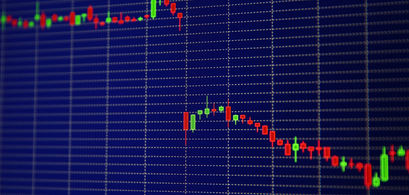Definition
The term breakaway gap refers to a significant gap appearing in the historical price chart of a security. Breakaway gaps signal the beginning of a new price pattern.
Explanation
Technical analysts will examine a variety of historical patterns for a security, including their price over time. A breakaway gap is one of several patterns indicating a shift in the market's sentiment towards a security. They are usually the result of a material event such as the announcement of a merger / acquisition, or beating analysts' earnings estimates. This type of gap has the following characteristics:
On a historical price chart, a breakaway gap will appear as an empty space occurring between trading periods.
Prior to a breakaway gap, the security's price will trade in a relatively narrow range and will not exhibit an upward or downward trend. A breakaway gap is confirmed if the security exhibits an upward or downward trend following the appearance of the gap.
A breakaway gap will also be accompanied by an increase in trading price volatility as well as an increase in trading volume if the gap indicates an upside trend.
Generally, this gap takes one of two forms
Upside Gap: associated with positive news such as beating earnings estimates; investors' demand for the security increases, thereby driving up the price of the security and trading volume.
Downside Gap: associated with bad news such as missing earnings estimates; investors' demand for the security declines, thereby driving the price of the security down.




